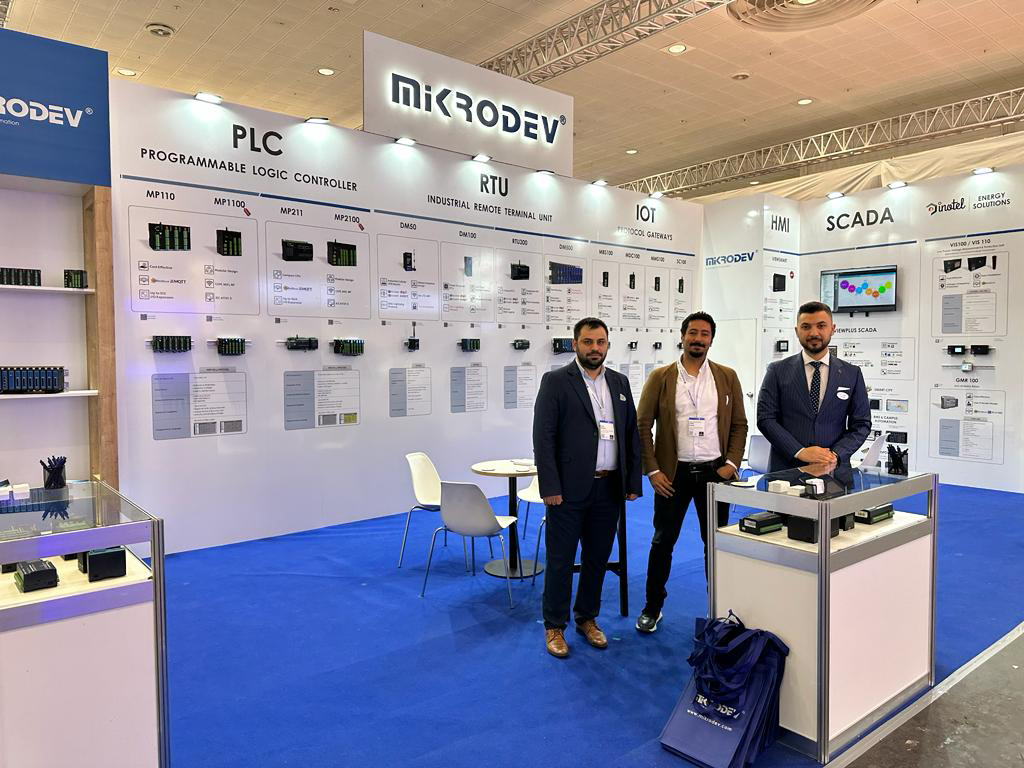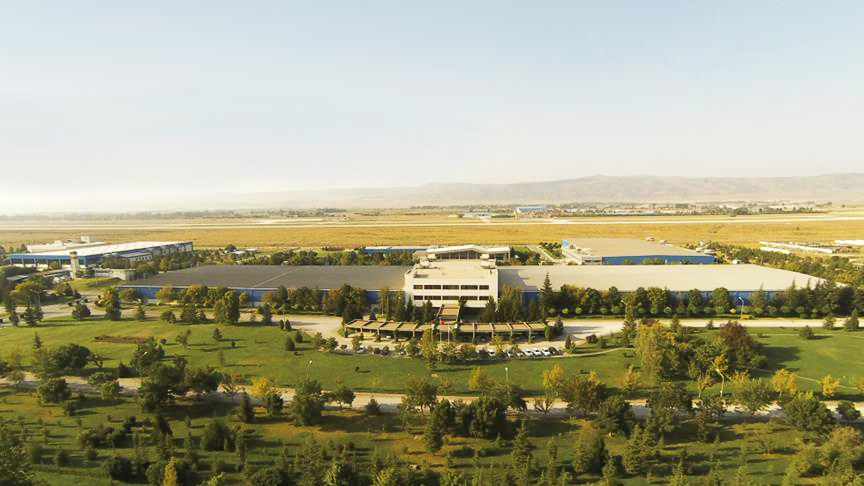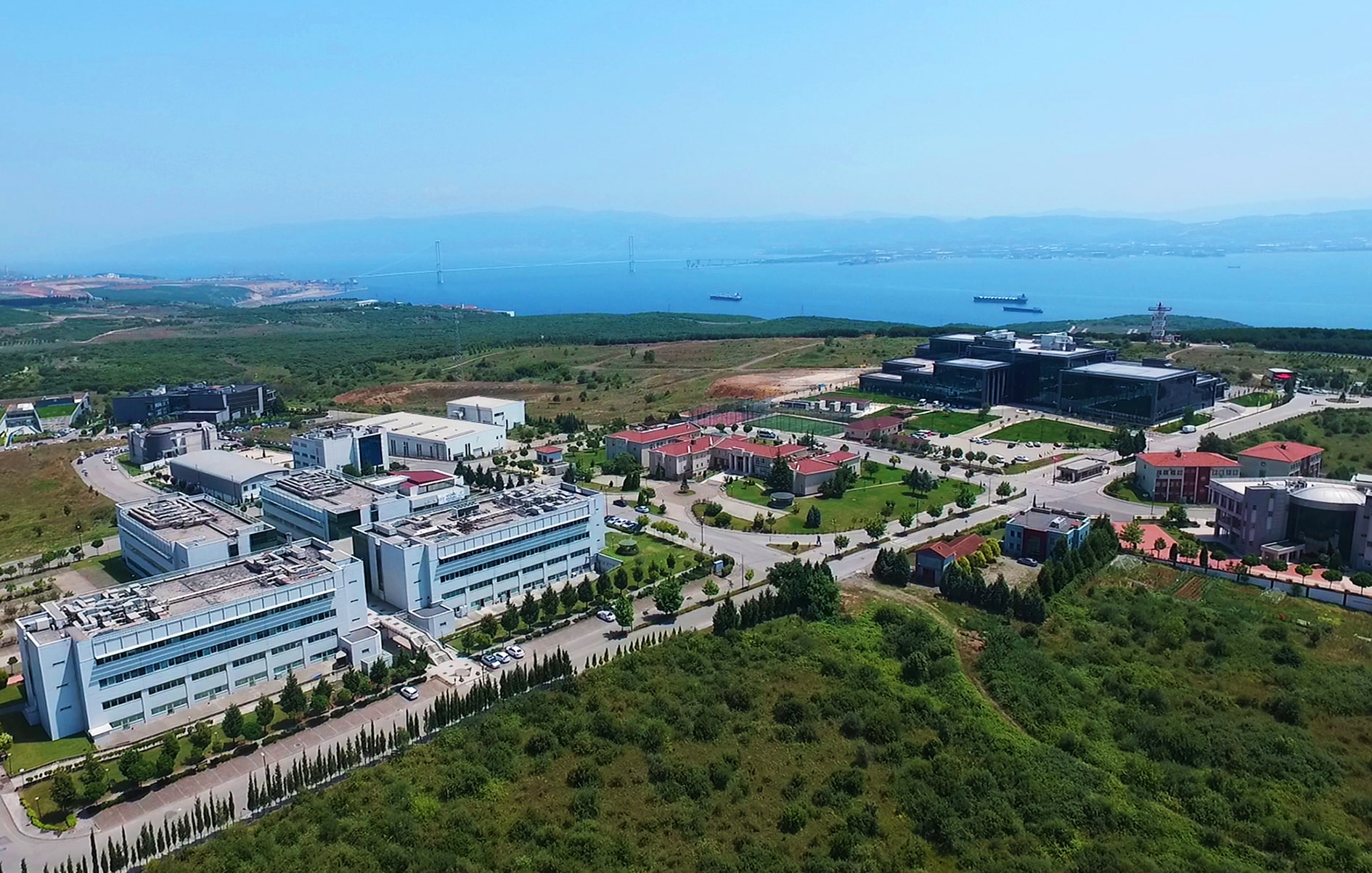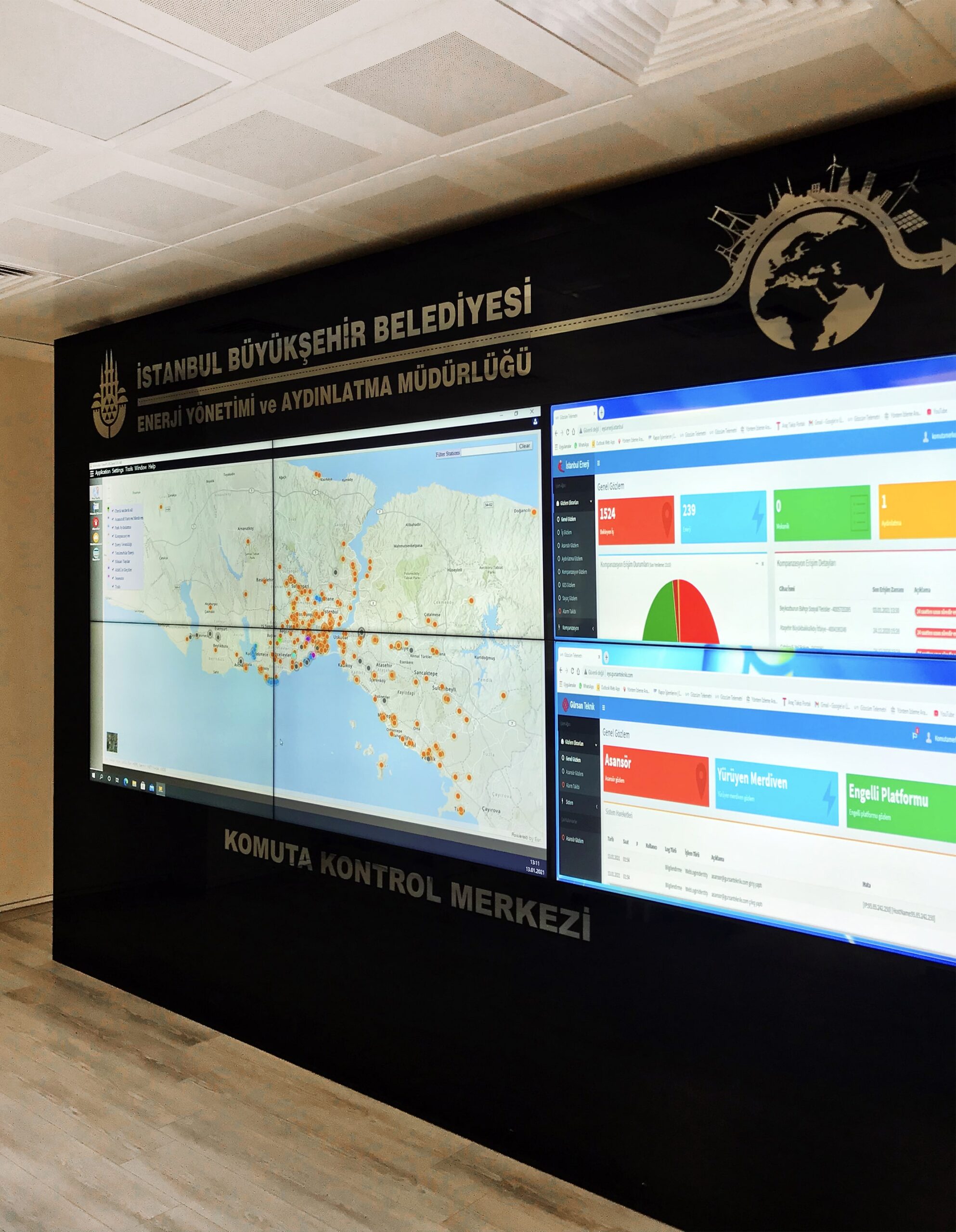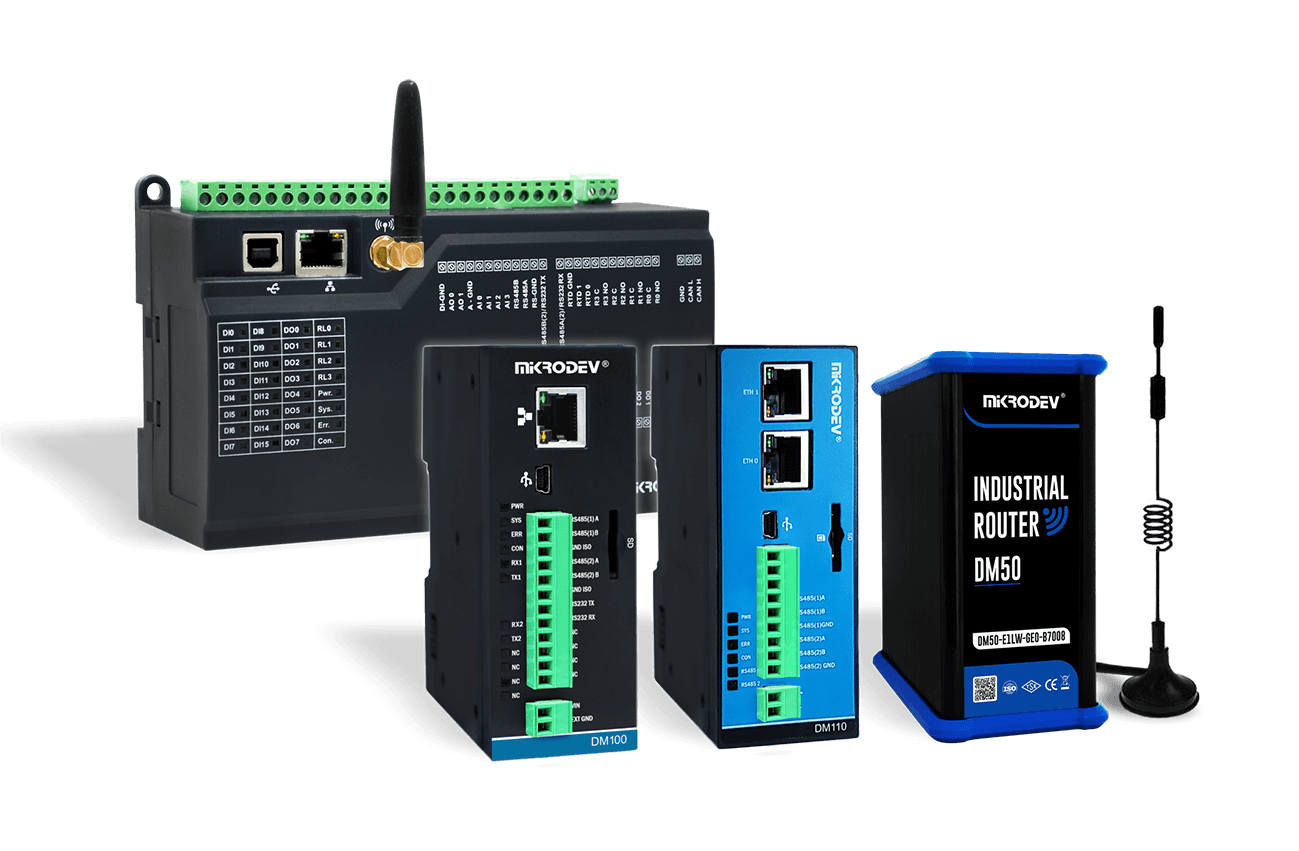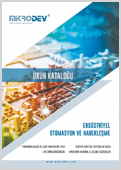What is the IEC61850 ?
IEC61850, especially used in electrical distribution systems, is a communication protocol. IEC61850 was developed to standardize and facilitate data exchange between components in the electrical power infrastructure. It is often preferred for the automation of electrical infrastructure used in energy distribution and transmission systems. It is a standard designed to enable communication between devices and equipment used in the electric power sector, such as transformers, circuit breakers, protection relays, and more. IEC61850 provides a general framework for data exchange and device control, and it is particularly favored in electric power infrastructures that require a high degree of automation and integration. It is widely used in automation projects in the energy sector and contributes to the smarter, safer, and more sustainable management of energy infrastructure. It has been an important step in the modernization of automation in the energy sector.
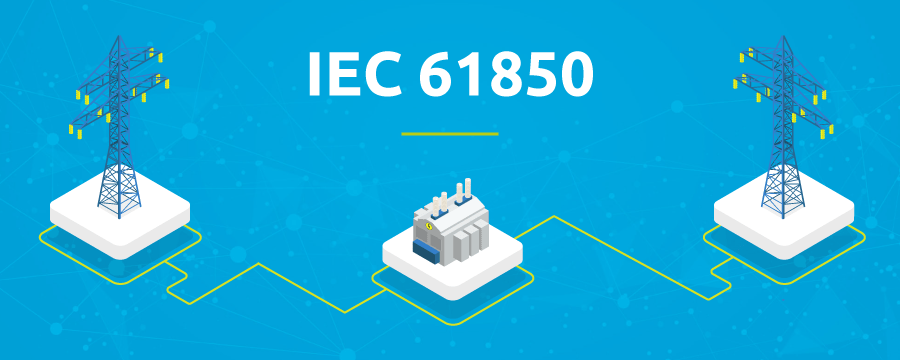
Purposes of Using IEC61850:
- Integration: It allows different types of devices and equipment to work together through a single communication protocol.
- Remote Control and Monitoring/Measurement: It facilitates remote monitoring and control of the energy infrastructure and simplifies the measurement of critical values.
- Automation and Data Analysis: It enables the collection and analysis of data necessary for energy automation and analytical processes.
- Data Security: With its time-stamped data transmission feature, it prevents data loss by recording time-stamped data in case of possible faults or disconnections.
IEC61850 Protocol Communication Architecture:
IEC61850 is a communication protocol designed to standardize data exchange between devices in the energy infrastructure. This protocol has a modular and flexible architecture and uses the ACSI (Abstract Communication Service Interface) standard to understand the underlying infrastructure. This allows the functions and features of devices to be defined openly, ensuring compatibility among different suppliers.
IEC61850 Communication Mechanisms:
IEC 61850 protocol offers various mechanisms for optimizing data exchange between devices in the energy infrastructure through different communication mechanisms. One of these mechanisms is a specialized communication mechanism called GOOSE (Generic Object Oriented Substation Event). GOOSE supports fast and reliable event-based communication, allowing real-time data exchange between devices in energy facilities, and events to be quickly shared. GOOSE’s greatest advantages include low communication latency and high reliability. This allows critical events to be quickly detected, and response times to be minimized. The IEC 61850 protocol aims to increase operational efficiency in the energy sector by providing faster, more flexible, and effective communication with mechanisms like GOOSE.
MMS (Manufacturing Message Specification) is a mechanism used to manage data exchange in energy automation systems. MMS is designed to provide large data objects and fast data exchange. SMV (Sampled Measured Values) allows for the rapid exchange of analog and digital measurement values and is ideal for applications such as monitoring energy quality. The SV (Setting Value) mechanism is used to update settings in devices, while the GSSE (Generic Substation State Events) mechanism allows for the transmission of device status changes. These mechanisms represent the diversified approach of the IEC 61850 protocol to different communication needs in the energy infrastructure, enabling more effective and flexible data exchange and coordination between devices.
IEC 61850 Programming in Mikrodev RTU Products
Mikrodev supports the IEC61850 protocol in many RTU products. Configuration can be easily done through the IEC61850 Browser in the Telediagram programming editor. The configuration of the Mikrodev RTU device, which takes on the client task, is made possible with the “.cid” file used to configure IEDs. Various settings are made regarding which data will be read and how it will be associated with the blocks in the editor with the three different reading options in the Browser (Data Object Reading, Dataset Reading, Report Reading). The settings made in the IEC61850 Browser should be exported and transferred to the IEC61850 Table Panel section in the Telediagram programming editor. Communication with IEDs is established by adding the IP, port information, and connection command information of the IED in the IEC61850 Table Panel section.
There are products among the RTU models in the Mikrodev DCS product family that can communicate with up to 40 IEDs (Intelligent Electronic Devices).
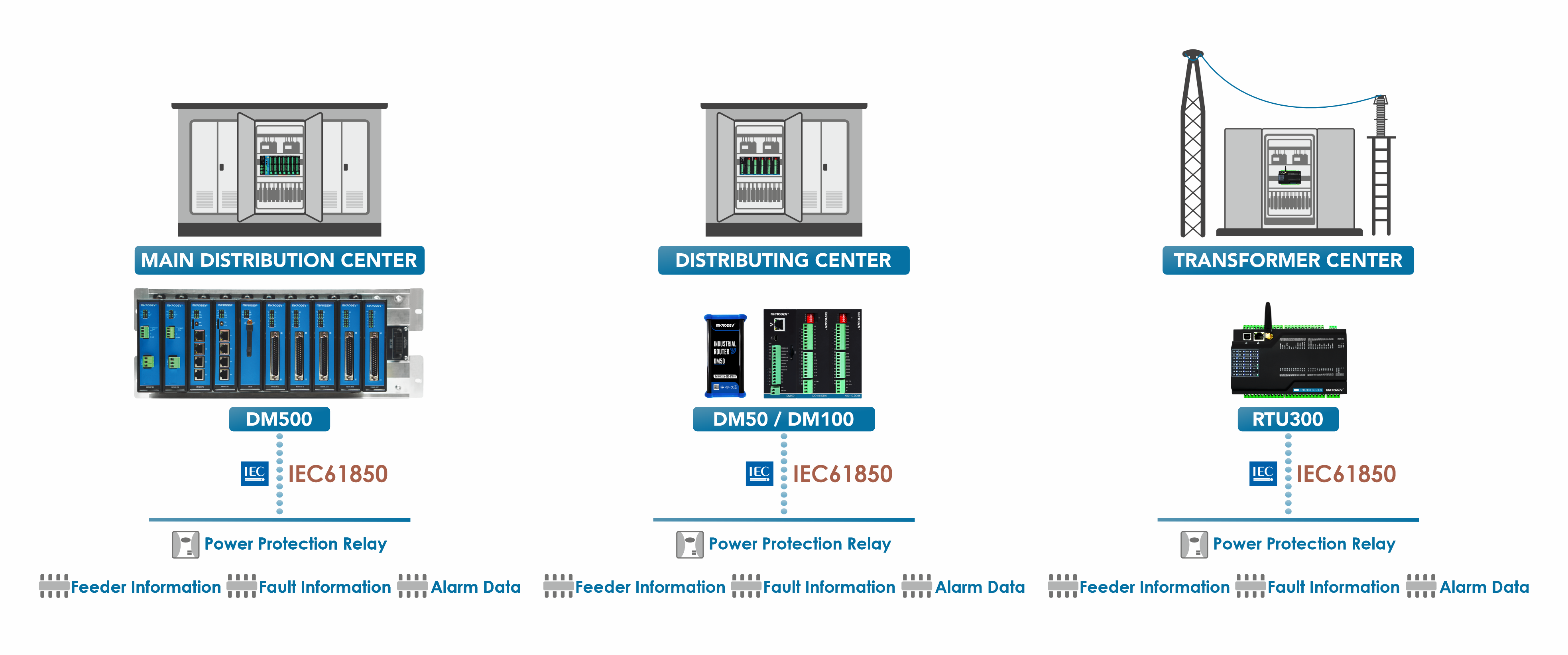
Distinguishing Features of the IEC61850 Protocol:
IEC 61850 offers significant advantages compared to traditional communication protocols:
- Efficiency: IEC 61850 provides faster and wider bandwidth communication using Ethernet-based communication, allowing real-time data transmission and fast response times.
- Flexibility: The protocol offers flexible configuration and remote management capabilities, making it possible to quickly adapt to changing requirements and customize systems easily.
- Compatible Architecture: It provides a standardized structure that facilitates the use of devices from different suppliers together, contributing to smoother facility management.
